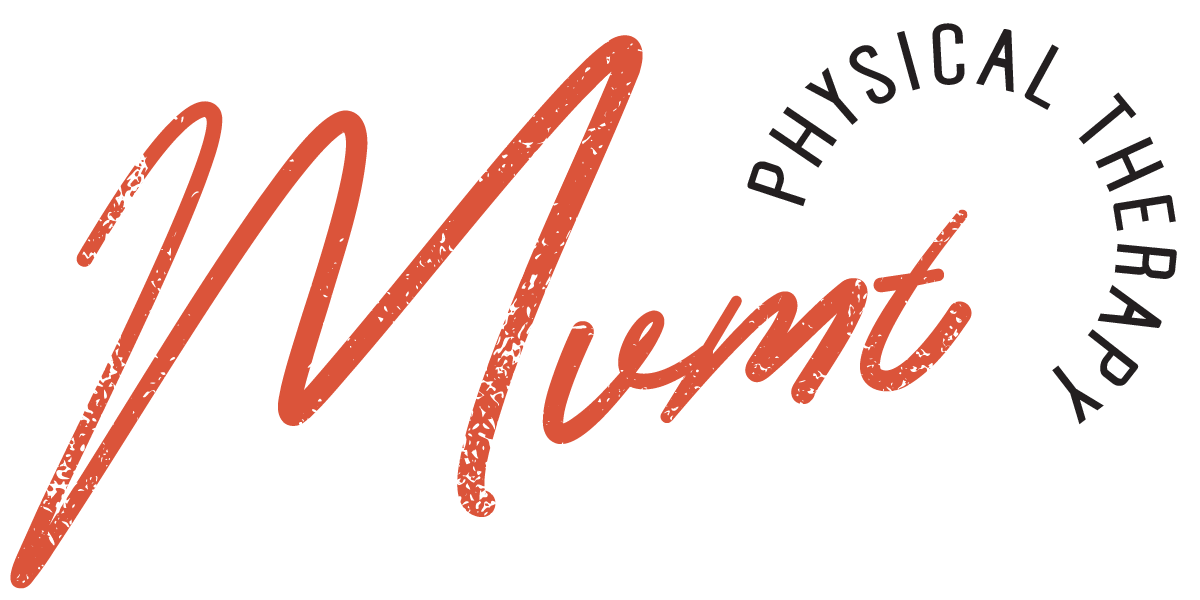Author - Anastasia Belikov, PT, Cert. MDT
Graduated with her DPT in 2017
https://www.linkedin.com/in/anastasia-belikov-pt24/
URL Copied!
Bunions
IN THE KNOW
Thursday, July 13, 2023
For many people, bunions aren't just a cosmetic concern; they're a source of ongoing discomfort and a disruptor of normal gait and balance. This common foot problem affects millions worldwide, particularly those involved in high-impact activities such as dance or athletics and the general population.
Bunions: A Change in Foot Anatomy
A bunion, or hallux valgus, is a bony protrusion that forms at the base of your big toe. This occurs when some of the bones in the front part of your foot move out of place, causing the tip of your big toe to get pulled toward the smaller toes, and the first metatarsal bone in your foot to stick outwards. This change in the bone structure leads to the formation of a bunion, which can be small or develop into a significantly visible bump.
Bunions can be caused by various factors, including genetics, foot injuries, or arthritis, but most often, they're associated with wearing ill-fitting footwear such as tight, narrow, high-heeled shoes.
The Impact of Bunions on Gait and Balance
Bunions significantly impact the biomechanics of the foot. The normal weight distribution through your foot gets altered, leading to an altered gait and changes in foot position. Normally, your weight should distribute evenly across all the toes when you walk. With a bunion, the weight shifts towards the smaller toes, causing the foot to overpronate, which means to roll inward excessively, and sometimes a collapsed arch. This, in turn, affects the alignment of your entire lower body and can lead to other musculoskeletal problems like hip, knee, or back pain.
Moreover, a bunion changes your foot's anatomy, making it harder for the foot to fit into a shoe comfortably. The changed foot position can cause balance issues, making it more difficult to walk or perform activities that require agility.
Steps Towards Improving Bunions
The good news is there are several steps you can take to alleviate the discomfort caused by bunions and improve your foot health.
Right Footwear: Shoes with a wide toe box can provide relief as they allow your foot to settle in a more natural position. Orthopedic shoes or shoes with adjustable straps can also be beneficial.
Padding and Splinting: Over-the-counter bunion pads can help decrease the pressure and rubbing from your shoe. At night, a bunion splint can help align the toe properly.
Physical Therapy: Exercises that stretch and strengthen the foot muscles can help maintain joint mobility and prevent the bunion from worsening.
Orthotic Devices: Custom-made insoles can correct the mechanical issues that cause a bunion to form and help distribute weight evenly when walking or standing.
Anti-inflammatory Medication: Nonsteroidal anti-inflammatory drugs (NSAIDs) can help reduce pain and inflammation.
Ice: Applying ice wrapped in a thin cloth to the area for 10-20 minutes can help reduce inflammation.
Surgery: Surgery may be considered if conservative treatments don't provide relief. This is usually a last resort and recommended when the bunion causes significant discomfort or affects quality of life.
In conclusion, while bunions can significantly impact an individual's quality of life, a combination of the right footwear, targeted exercises, and medical interventions can help manage this condition effectively. Always remember, your feet are your foundation. Taking good care of them will go a long way toward improving your overall health and mobility.



